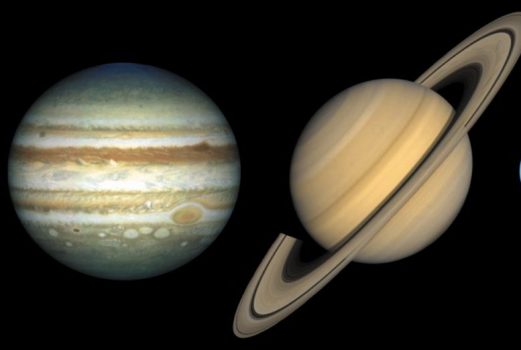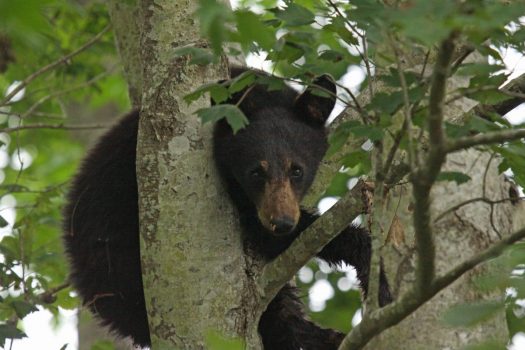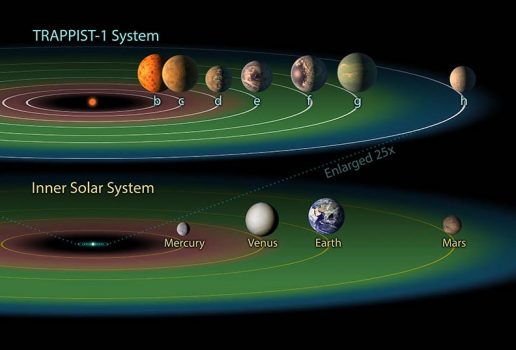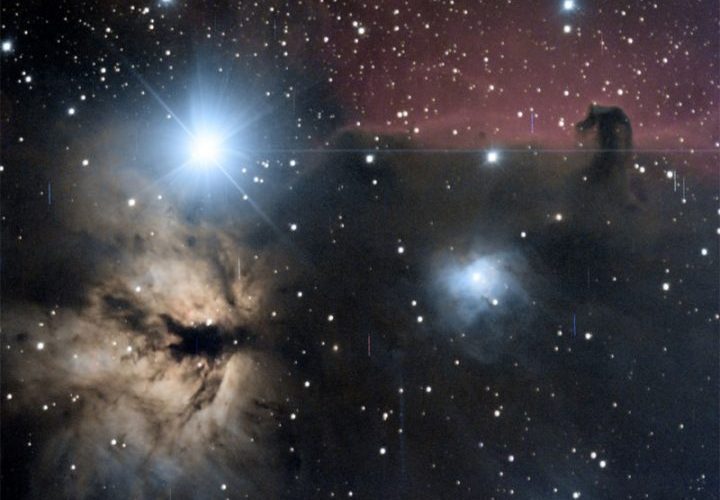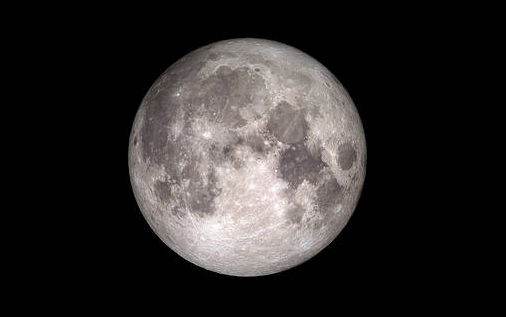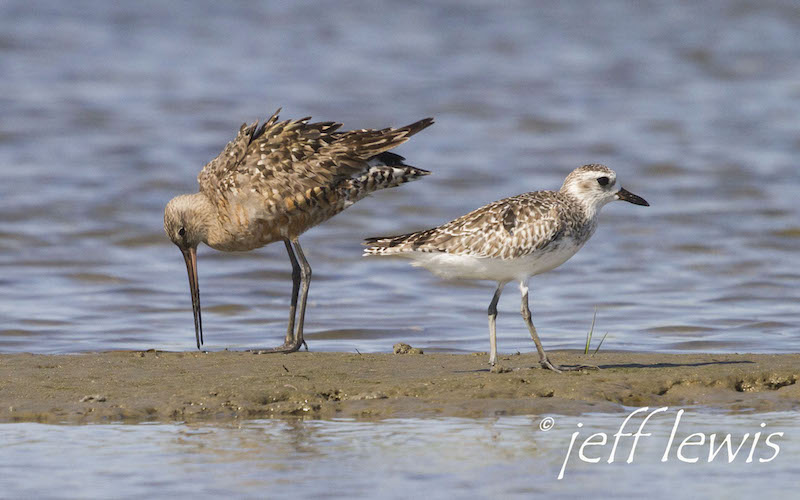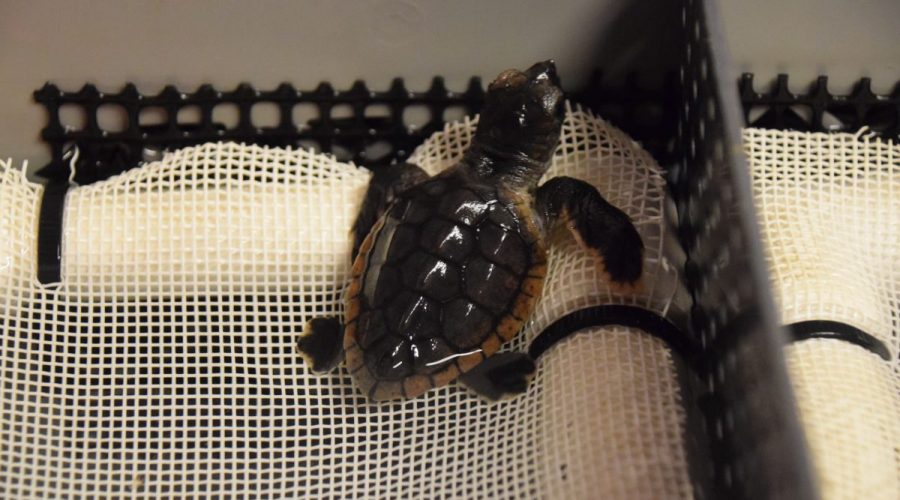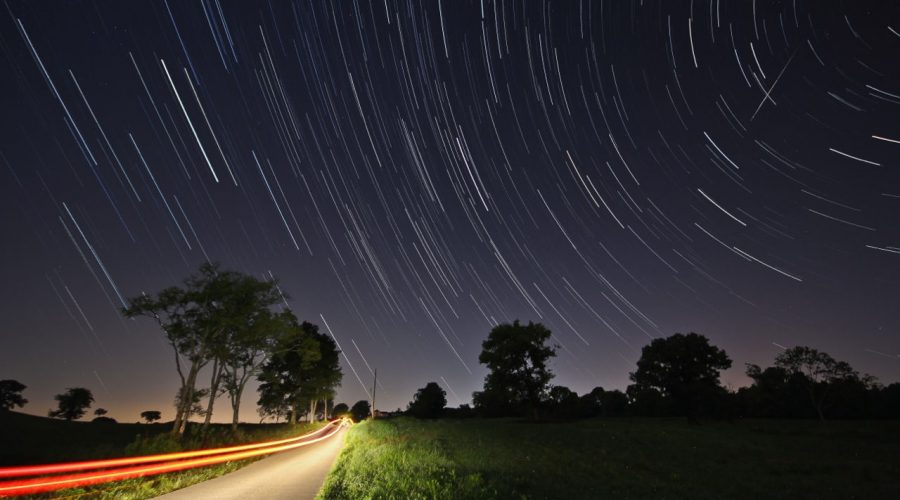Gas giants Jupiter and Saturn offer great viewing during June, with or without a telescope, and Saturn will be at its closest to Earth at mid-month.
Wildlife & Nature
Roaming Bear? Caution But Don’t Be Alarmed
Despite concern over reported black bear sightings in coastal North Carolina communities, wildlife experts say it’s not that unusual to see them out and about this time of year.
Our Celestial Coast: What to Look For in May
The distant star Arcturus and closer neighbors, Jupiter, Saturn and Mars will be on display this month, along with the Eta Aquarids meteor shower.
Our Celestial Coast: Showcase of Galaxies
March offered opportunities to photograph distant galaxies; and our closer neighbors, Venus, Mars and Jupiter, will be on display throughout April.
Our Celestial Coast: Planets Near and Far
NASA recently announced the discovery of seven exoplanets circling another star 40 light-years away; and March offers glimpses of planets closer to home, including Mars, Uranus and Mercury.
Our Celestial Coast: February’s Visible Planets
The planet Uranus will be visible, with binoculars, for most of this month, as it appears to transit closer and closer to Mars in the night sky.
Birding: Brave the Cold or Stock the Feeders
Wintertime is peak season for viewing waterfowl at wildlife refuges and natural areas on the coast, but birders who prefer the view from indoors can also see a variety of species, if they offer the right food.
Our Celestial Coast: New Year Nebula
The new year begins with a good opportunity to look for the Orion Nebula, near the eastern horizon as the skies get dark and easy to see on a clear winter’s night.
Our Celestial Coast: December’s Supermoon
The supermoon in December will make it super hard to get a look at the Geminids meteor shower, but stargazers should still be able to see about 10 to 20 meteors per hour when the shower peaks at mid-month.
October Brings Birds, Birders to the Banks
October is a great time for birdwatching on the Outer Banks, with the arrival of migratory waterfowl, raptors, shorebirds and songbirds, here just in time for the Wings Over Water Wildlife Festival that continues through Sunday.
Our Celestial Coast: October’s Fireballs
October begins with dark skies on the heels of a black moon, ideal conditions for viewing deep-space objects, and offers monthlong meteor showers with a good chance of spotting a fireball.
Our Celestial Coast: Andromeda Rules Sept.
This is a good month to view the Andromeda Galaxy, the home to more than a trillion stars that are 2.5 million light years away from our home.
Catch a Glimpse of a Turtle Nest
Visitors to Cape Hatteras National Seashore are invited along to watch rangers excavate hatched sea turtle nests. If they’re lucky, they might even see a baby turtle scurry to the sea.
Some Birds Get A Head Start on Migration
For some birds, the “fall” migration actually starts in July and August when they leave northern nesting grounds and head south looking for more food.
N.C. Aquarium Turns into Turtle Hospital
The North Carolina Aquarium at Pine Knoll Shores last week opened its tanks to five injured or sick baby turtles, the first of the nesting season. Many more are expected.
Celestial Coast: Perseid May be Showstopper
The Perseid meteor shower will be the main show in the night sky through mid-August, and experts think this year’s display will be particularly spectacular.

